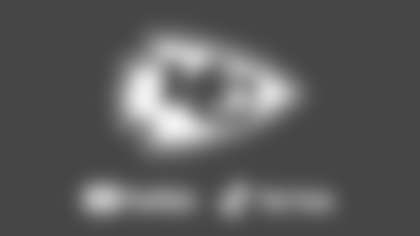The aches of getting organized behind them, the AFL by year two could count more consensus All-American rookies than the NFL, by a count of two-to-one. Moreover, by the start of the 1961 preseason, close to 300 players had been signed by the eight teams and rookies were invited to participate in the Chicago All-Star game. In short, the race between the two leagues for talent was on, should anyone care to doubt it.
Still, tryouts that resembled the old TV hit, "The Gong Show", remained a part of the early AFL offseason. In Los Angeles, the Chargers – now on the move to San Diego — held an elaborate player tryout camp, attended by 300 hopefuls, yet only one player was found to be capable of possibly making the team. In Boston's opening training camp, two dozen of the 127 players reporting were already gone by the end of the first day. In time, 20 players who had played on the Dallas Texans' first squad were already history by the start of the 1962 season.
"1960 was more of a scramble to get players," Chiefs great Chris Burford remembers, "to see who could play, then build and upgrade the team."
For a new league, whose owners weren't embarrassed to admit that in 1960 they had used a football preview magazine to identify top college players as prospects, this was a natural order of things. The AFL's first teams were composed of NFL and Canadian League castoffs, former college players off the streets and the occasional college superstar like LSU's Billy Cannon or Johnny Robinson. But by year two, the growing pains had passed to some extent and play and players were slowly improving to the point that competition for places on a roster were becoming more difficult, especially with the players drawn from the 1961 and 1962 drafts coming into the fold.

By 1962, here were the only players from the original Texans team remaining, according to a review of the earliest team picture:
Abner Haynes, Jack Spikes, Smokey Stover, Johnny Robinson, Duane Wood, Ted Greene, Walt Corey, Al Reynolds, Marvin Terrell, Sherrill Headrick, Paul Rochester, Jerry Cornelison, Charley Diamond, Mel Branch and Chris Burford.
Lamar Hunt had signed Don Klosterman away from the San Diego Chargers and his hiring of Lloyd Wells as the team's talent scout, with contacts to the country's traditional black colleges and universities, had begun by this time to pay large dividends, especially in competition with the NFL, where the Washington Redskins didn't have a single African American player until 1962.
"We picked up much of the heart of the championship teams," recalled Burford, "adding [Jerry] Mays, [Fred] Arbanas, [Jim] Tyrer, [Ed] Budde, [Bobby] Bell, [Buck] Buchanan, and [Curtis] McClinton to go along with [Johnny] Robinson, [Abner] Haynes, [Jack] Spikes, [Smokey] Stover, [Walt] Corey, [Sherrill] Headrick, [Mel] Branch and myself. Then the addition of [Len] Dawson set the stage for the dominant teams of the middle and late 60s.
Lloyd [Wells] also brought in some great players from the smaller black colleges to supplement the nucleus in the mid 60s, players like [Otis] Taylor, [Frank] Pitts, [Emmitt] Thomas, [Willie] Lanier and all. All of this set us up for the eventual world championship team."














